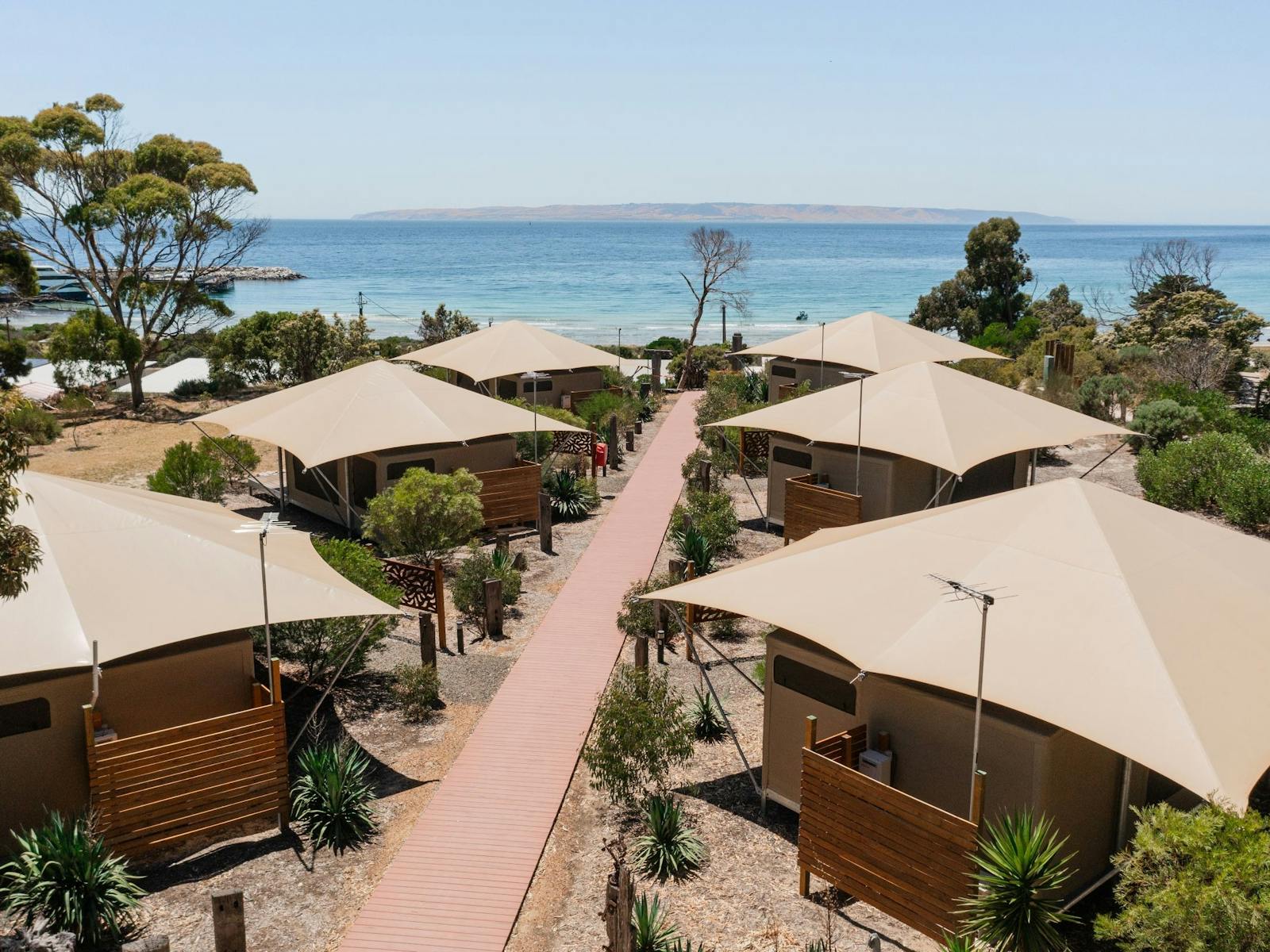After Flinders Chase National Park was established, the government purchased a large tract of land around Rocky River Station in 1923. They added it to the park and appointed a full-time park ranger. As it happened, they chose Charlie May, who returned to Flinders Chase after a 14-year absence to work for the Flora and Fauna Board.
In the following years, some endangered native animal species were brought from the mainland to the national park, where they flourished. These included Mallee fowl, Cape Barren geese, koalas, rat kangaroos, stump tail lizards and platypus.
Records kept by a local historian indicate that tourists first arrived in the park in 1936, probably by horse and cart. Later, there’s mention of tour buses bringing visitors to the park, operated by Linnett’s from American River and Dixon’s from Kingscote. Barbecue lunches were provided by the third park ranger, George Lonzar, and his wife Joyce. During George’s time as park ranger from 1950 until the early 1980s, visitor numbers increased from about 2,000 to 25,000 per year.
In 1996-97 the Cape du Couedic road was sealed. This marked the beginning of a major influx of visitors who came to appreciate the beauty and remoteness of this extraordinary national park.
Over the years the park has been impacted by bushfires, and the 2019-20 Flinders Chase National Park bushfire was the largest in the island’s recorded history. Fortunately the park is regenerating, and continues to thrive.

















